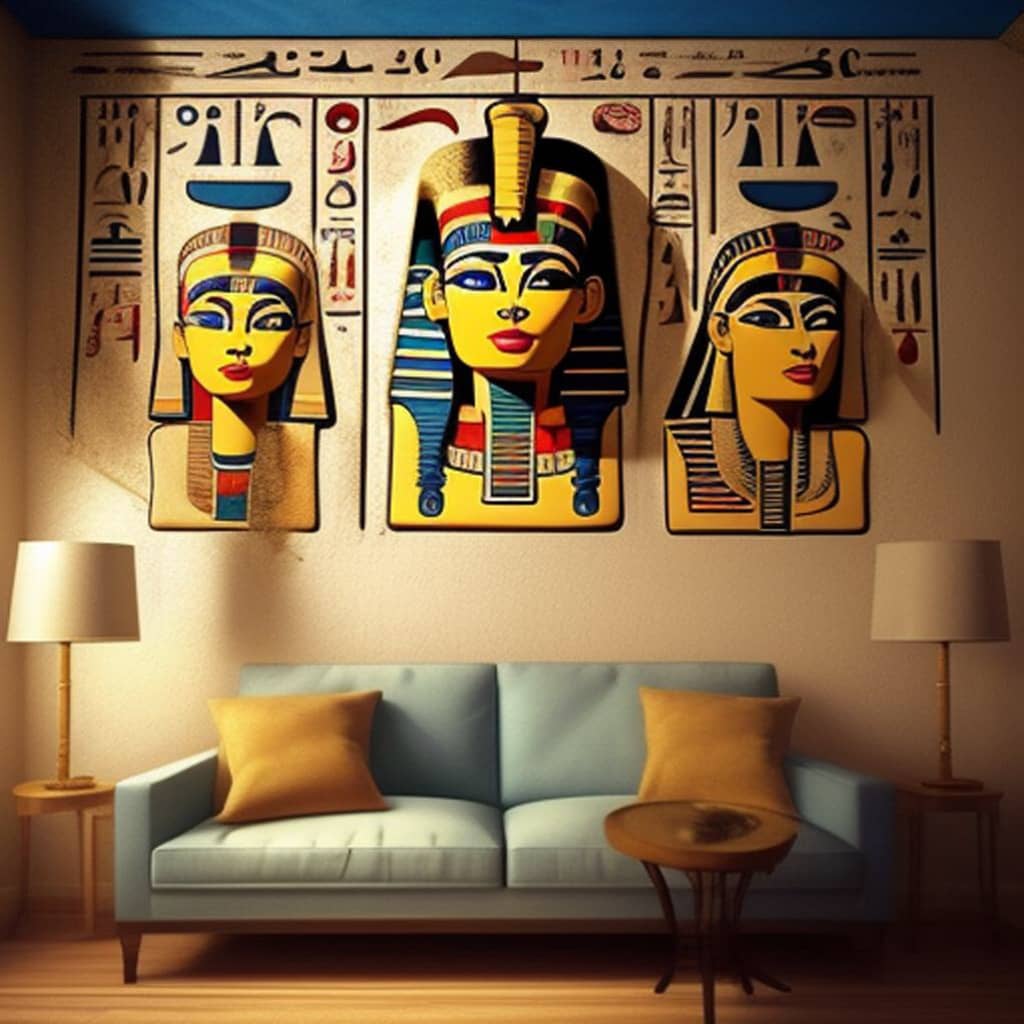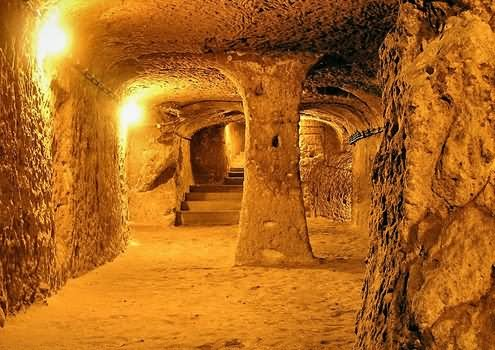Why Did Egyptians Decorate Their Tombs? Unveiled!

Have you ever wondered why the ancient Egyptians went to such extraordinary lengths to adorn their tombs with intricate carvings, paintings, and treasures? While their civilization might be gone, their fascination with the afterlife has left us with some of the most impressive art and architecture the world has ever seen. Today, let's uncover the mystical and profound reasons behind these elaborate tomb decorations.
The Afterlife Beliefs

The primary motivation for tomb decoration was rooted in the Egyptians' complex belief in the afterlife. To them, death was not an end but a transition to a new phase of existence. Here’s why they adorned their tombs:
- Eternal Life: The tomb was not just a place for the body, but it was a portal to eternal life. The decorations provided a way for the deceased to navigate and survive in the afterlife.
- Ka: Egyptians believed that after death, an individual's ka (life force or spirit) needed sustenance. Scenes of offerings and depictions of food, servants, and goods were intended to magically provide for the ka.
- Mummification: Preserving the body was critical, but so was preserving the identity and existence through art.
The Need for Ritual and Protection

The tomb decorations served not only to beautify the space but also to serve as:
- Ritual Spaces: Hieroglyphs, spells, and religious texts painted on the walls helped guide the soul and protect it from harm.
- Protection from Evil Forces: Amulets, scenes of battles against chaos (like the fight against Apophis), and protective deities were depicted to safeguard the tomb's occupant.
Economic and Social Status

Decoration wasn't solely about the afterlife; it was also about:
- Status Symbol: Wealthy Egyptians adorned their tombs lavishly to reflect their power and importance during their life, ensuring their status in death.
- Eternal Memory: The tomb served as a memorial, ensuring that the deceased would be remembered for generations.
The Role of Art

Beyond their functional aspects, tomb decorations were a form of art:
- Celebrating Life: Artwork often depicted scenes of daily life, harvests, festivals, and activities the deceased enjoyed, ensuring these memories lived on.
- The Journey of the Dead: The Book of the Dead and other texts painted on walls helped the soul navigate through the underworld.
Examples in History

Here are some historical examples where tomb decorations are particularly telling:
- Tomb of Tutankhamun: Though modest by pharaoh standards, it still contained gold leaf and painted scenes of offering rituals.
- Nefertari's Tomb: Known for its stunning polychrome artwork, it depicts the queen’s journey to the afterlife.
- Ramesses VI's Tomb: Its walls feature extracts from religious texts, including scenes of the deceased's journey through the underworld.
👁️ Note: The grandeur of a tomb was also a direct reflection of the pharaoh's power. The less elaborate tombs of lesser-known pharaohs might not indicate a lack of belief in the afterlife, but rather their position in society.
📝 Note: Over time, the art within tombs evolved. Early tombs were more simplistic, focusing on basic needs and rituals. As civilization advanced, so did the complexity and beauty of tomb decorations.
The ancient Egyptians' dedication to tomb decoration gives us a fascinating insight into their culture, beliefs, and their understanding of the world beyond life. Each stroke of paint, carving, and hieroglyph was not just for beauty but was a part of an elaborate system to ensure a comfortable existence in the afterlife, to remember and honor the deceased, and to guard against the perils of the unknown. This comprehensive approach to death and the afterlife remains one of the most unique aspects of their civilization, reflecting a people deeply intertwined with their spiritual beliefs and the continuity of life after death.
Why were tombs in ancient Egypt painted?

+
Tombs were painted to prepare and guide the deceased in the afterlife, provide for their spirit (ka), protect them from evil, and ensure they were remembered.
What was the purpose of hieroglyphs in tombs?

+
Hieroglyphs were used to write spells, prayers, and religious texts, guiding the soul through the afterlife and providing protection.
Did tomb decorations affect social status?

+
Yes, the extent and quality of tomb decorations were often an indicator of the deceased’s social and economic status, both in life and in death.
Were tomb decorations only for royalty?

+
While royalty could afford more elaborate tombs, decorations were found in tombs of various social levels, though the scale and complexity varied.
How did tomb decorations evolve over time?

+
Initially focusing on survival and rituals, tomb art became more intricate, sophisticated, and inclusive of daily life and religious themes as Egypt progressed culturally and artistically.